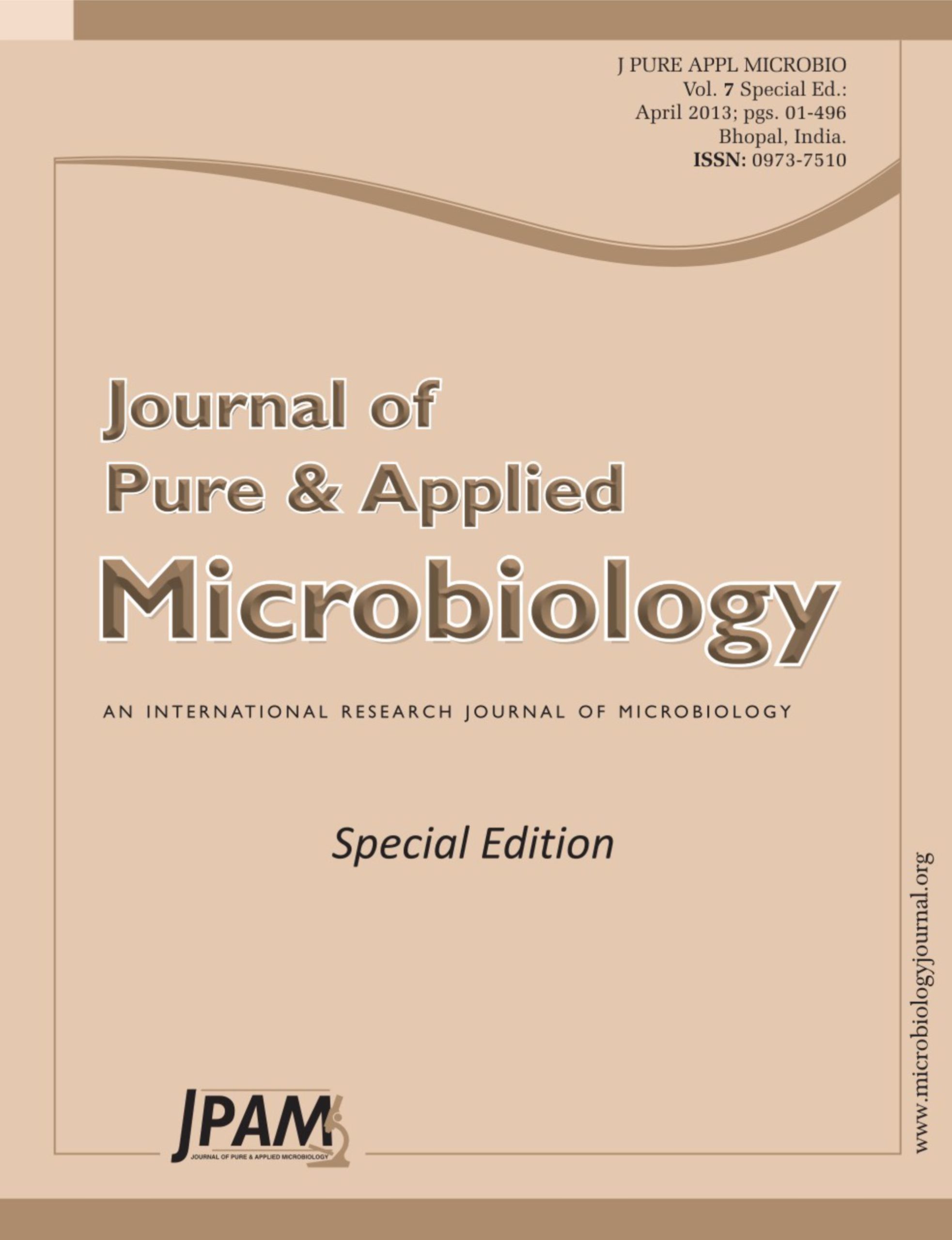The fungus Alternaria macrospora is the causal pathogen of cotton black spot disease in cotton seedlings from the cotyledon period to the seedling stages, causing black spots on leaves and their damping off. Endopolygalacturonases (endoPGs) play major roles in pathogen penetration into plants at the initial phase of invasion. In this phase, the pectic polysaccharides in the plant primary cell walls used as potential barriers against pathogens are digested. The present study aimed to clone and characterize the endoPG-encoding gene ampg-1 in Alternaria macrospora. A 1241 bp open reading frame of ampg-1 was cloned. The nucleotide and its deduced peptide sequence alignment showed that it shared quite high identities with two other Alternaria fungi, i.e. Alternaria alternata and Alternaria citri. The analysis of the predicted amino acid sequence of ampg-1 revealed that the endopolygalacturonase in Alternaria macrospora had four PbH1 domains, which was less than those of five other species. Phytopathogenesis was implicated in the quantity of the PbH1 domains. Therefore, the cotton black spot disease prolonged the latency.
Alternaria macrospore, Enodpolygalacturonases, Sequence analysis, Protein motif
© The Author(s) 2013. Open Access. This article is distributed under the terms of the Creative Commons Attribution 4.0 International License which permits unrestricted use, sharing, distribution, and reproduction in any medium, provided you give appropriate credit to the original author(s) and the source, provide a link to the Creative Commons license, and indicate if changes were made.


